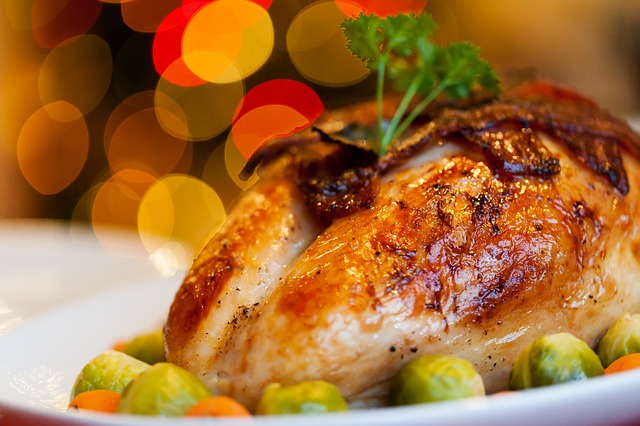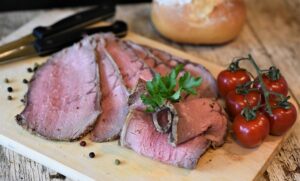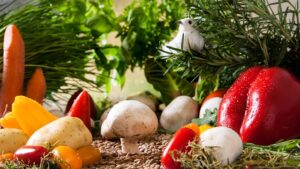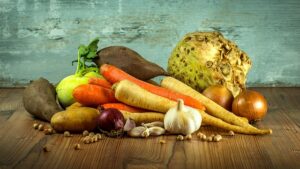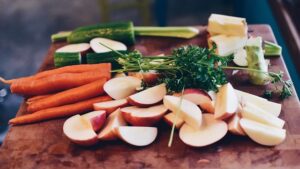Introduction
Getting enough protein is essential for maintaining a healthy diet and supporting various bodily functions. For individuals who are looking to consume 160 grams of protein per day, it is important to have a well-planned diet that includes protein-rich foods. In this article, we will explore different strategies and food sources to help you achieve your daily protein goal.
Calculating Protein Needs
Before diving into the specifics, it is important to determine how much protein your body actually needs. The recommended daily protein intake varies depending on factors such as age, sex, weight, and activity level. Generally, it is recommended to consume around 0.8 grams of protein per kilogram of body weight. However, for individuals who engage in regular intense exercise or have specific health goals, a higher protein intake may be necessary.
To calculate your protein needs, multiply your weight in kilograms by the recommended protein intake per kilogram. For example, if you weigh 70 kilograms and want to consume 160 grams of protein per day, you would multiply 70 by 2.3 (0.8 grams x 70 kilograms). This calculation gives you an estimate of your daily protein requirement.
Protein-Rich Foods
To meet your protein goal, it is important to include a variety of protein-rich foods in your diet. Here are some excellent sources of protein:
Poultry and Meat: Chicken breast, turkey breast, lean beef, and pork tenderloin are all high in protein. Aim for lean cuts to reduce saturated fat intake.
Seafood: Fish such as salmon, tuna, and trout are not only rich in protein but also provide omega-3 fatty acids, which have numerous health benefits.
Dairy Products: Greek yogurt, cottage cheese, and milk are all excellent sources of protein. They can be consumed on their own or used in recipes like smoothies or protein pancakes.
Eggs: Eggs are a versatile and affordable source of protein. They can be enjoyed boiled, scrambled, or used in various recipes.
Legumes: Beans, lentils, and chickpeas are plant-based sources of protein that are also high in fiber. They can be added to soups, salads, or used to make vegetarian dishes.
Nuts and Seeds: Almonds, peanuts, chia seeds, and hemp seeds are examples of protein-rich nuts and seeds. They can be eaten as snacks or used as toppings in salads and yogurt.
Meal Planning
To ensure you are getting enough protein throughout the day, it is helpful to plan your meals and snacks in advance. Here are some tips for meal planning:
Spread Protein Intake: Divide your protein intake across multiple meals and snacks throughout the day. This will help your body efficiently utilize the protein and maintain a steady supply of amino acids.
Include Protein in Each Meal: Make sure each meal contains a good source of protein. For example, you could have eggs for breakfast, chicken breast for lunch, and fish for dinner.
Snack on Protein: Incorporate protein-rich snacks into your routine. Greek yogurt, protein bars, or a handful of nuts can be great options.
Conclusion
Achieving a daily protein intake of 160 grams requires careful planning and incorporating a variety of protein-rich foods into your diet. By calculating your protein needs, including protein-rich foods, and planning your meals, you can successfully meet your protein goal. Remember to consult with a healthcare professional or registered dietitian to ensure your individual protein needs are met.
References
– Mayo Clinic: mayoclinic.org
– Academy of Nutrition and Dietetics: eatright.org
– National Institutes of Health: nih.gov

